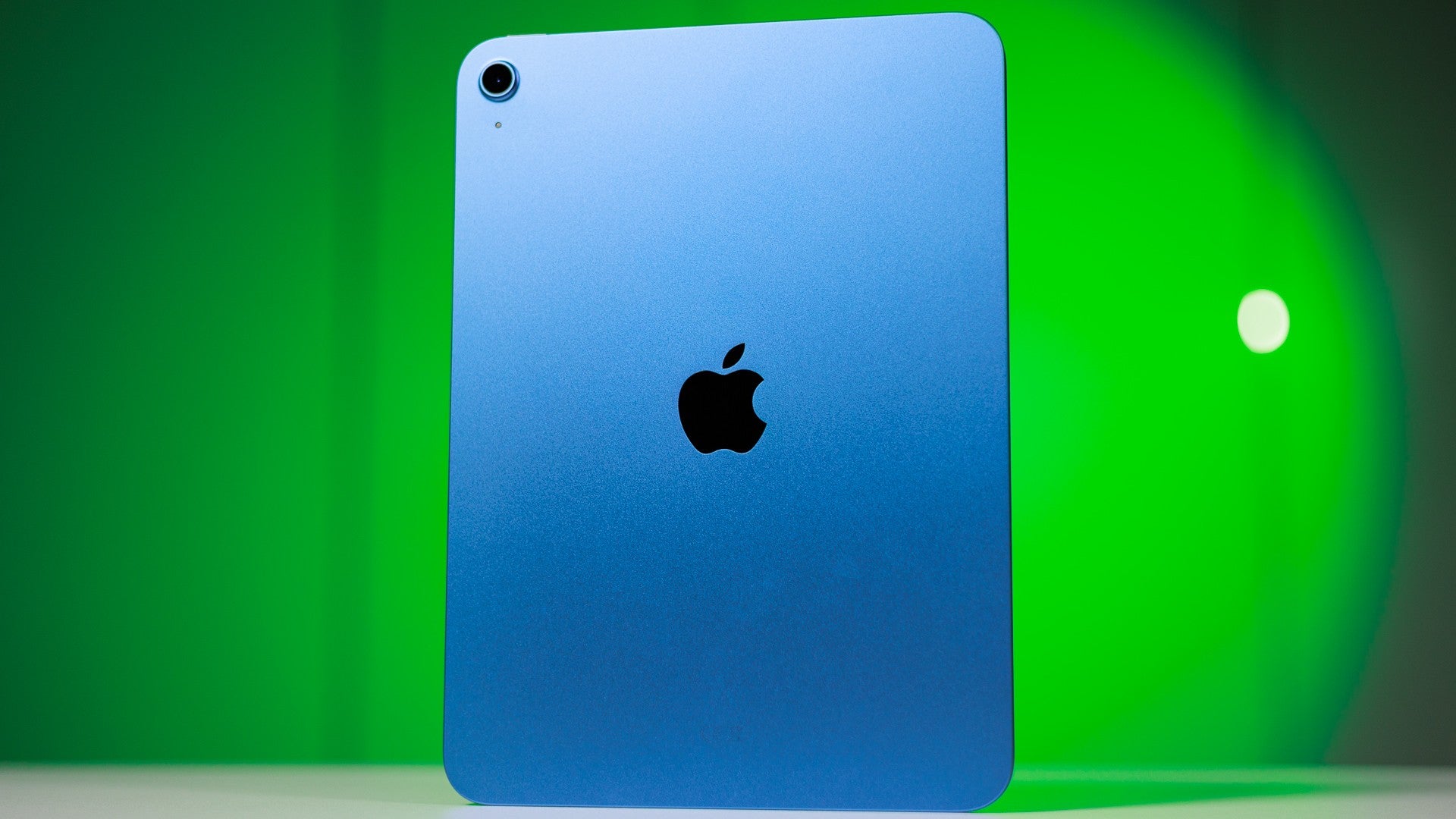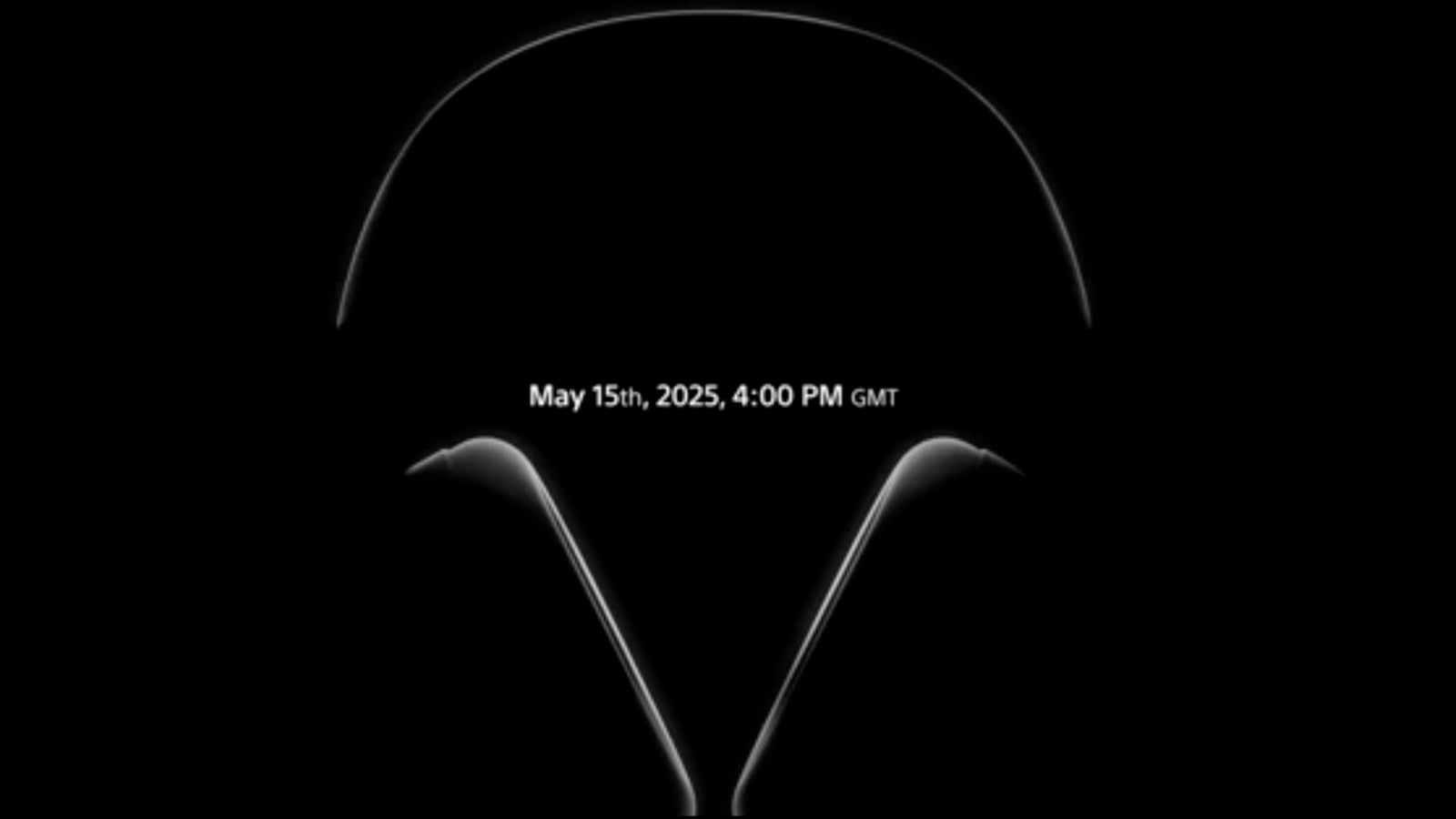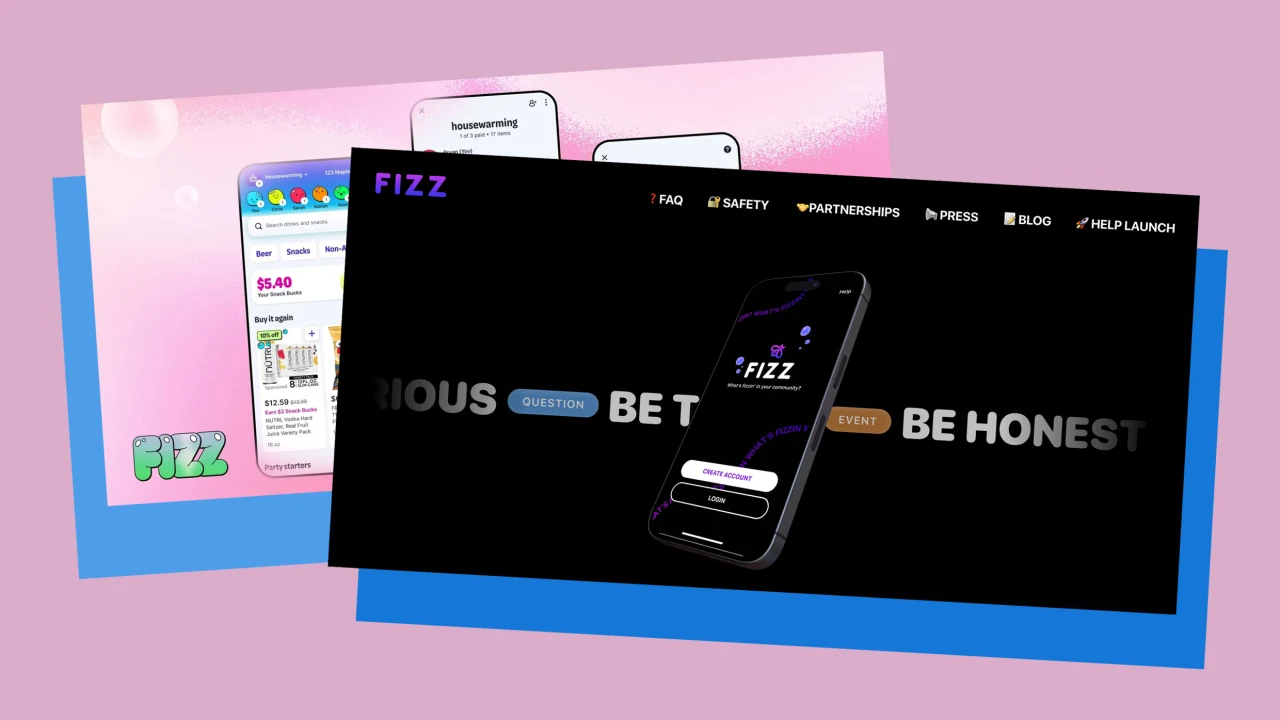The Algorithm of Critical Thinking: Teaching Devs to Think Before They Code
Introduction As junior developers begin their coding journeys, it's tempting to dive headfirst into the code, typing fast, googling snippets, and copying from Stack Overflow. While this kind of enthusiasm is great, the real secret to becoming a great developer isn’t just speed or syntax. It’s critical thinking. This article explores how teaching developers to think before they code can lead to cleaner, smarter, and more maintainable solutions. And to bring this to life, we'll use the creation of a Flashcard Game, a simple card flipper built in HTML, CSS, and JavaScript as a working example. ⏱️ Estimated reading time: 2 minutes Step 1: Think in Pseudocode Before you crack open your editor, pause. Ask yourself: What exactly am I building? What are the parts? How will users interact with it? Let’s apply this to our Building a Flashcard Game with HTML, CSS & JavaScript and see the steps. You can go see FunCards in Action on CodePen Pseudocode Outline: Create a container for flashcards For each flashcard: - Show a question on the front - Show an answer on the back - Flip the card on click This level of clarity early on helps keep you grounded. It removes ambiguity, and forces you to think through the interaction model. Step 2: Sketch the Architecture Every app, even a tiny one, has structure. Whether you’re working in a framework or plain vanilla HTML/JS/CSS, spend a minute mapping the architecture. Sketch the Architecture Mentally or Literally. Its a step in the right direction. In our Flashcard Game: HTML creates the structure. CSS handles visual transitions, layout, and flipping animations. JavaScript drives logic and user interaction. Understanding where each concern lives helps reduce messy code later. Step 3: Think Like a User What’s the first thing a user will do? Click a card. What do they expect? A flip animation. Are they surprised by the content? Is it legible? Responsive? By simulating the user experience in your mind first, you can anticipate hiccups. For example: What if someone clicks rapidly? What if they want to reset? Can it be extended to more cards or categories? These questions don’t need answers immediately, but asking them shows maturity in your thinking process. Step 4: Comment Before You Code Even before writing the actual logic, start with well-named // comments. // Select container to hold all cards // Loop through each flashcard item // Create HTML structure for front and back // Attach event listener for flip This acts like scaffolding. It guides your build and makes the code more readable. Step 5: Build in Layers Start with a small slice of the functionality: Get one card to flip. Then expand to multiple cards. Then style and polish. Working this way teaches patience and reveals issues early, rather than snowballing complexity. This is the developer’s version of TDD (Test-Driven Development): Think-Driven Development. Step 6: Reflect and Refactor Once your Flashcard Game is functional, step back. Is your code reusable? Could this become a component or be extracted into a module? Are the HTML and CSS organized? Reflection is part of critical thinking. It’s where good devs separate from great ones. Final Thoughts: "Thinking Is the Real Skill" The biggest value of this exercise isn’t the 10 flashcards or the flip animation. It’s learning how to: Break a problem into parts. Think about user interaction. Build in small increments. Write code with intention. The Flashcard Game may look simple, but behind it is a layered thought process. And that’s the point. If you're a junior dev, or even a mid-level dev who wants to sharpen your instincts, remember: Coding is just the output. Thinking is the real skill.
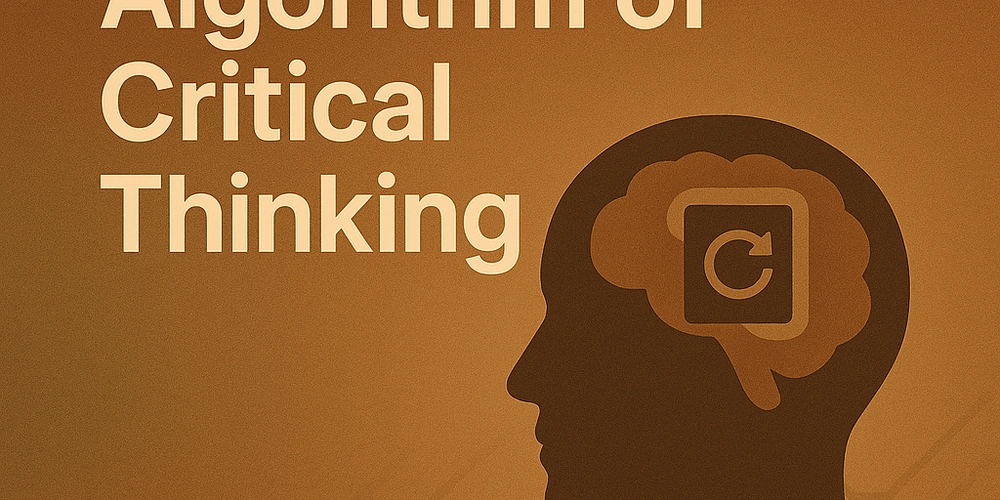
Introduction
As junior developers begin their coding journeys, it's tempting to dive headfirst into the code, typing fast, googling snippets, and copying from Stack Overflow. While this kind of enthusiasm is great, the real secret to becoming a great developer isn’t just speed or syntax. It’s critical thinking.
This article explores how teaching developers to think before they code can lead to cleaner, smarter, and more maintainable solutions. And to bring this to life, we'll use the creation of a Flashcard Game, a simple card flipper built in HTML, CSS, and JavaScript as a working example. ⏱️ Estimated reading time: 2 minutes
Step 1: Think in Pseudocode
Before you crack open your editor, pause. Ask yourself:
- What exactly am I building?
- What are the parts?
- How will users interact with it?
Let’s apply this to our Building a Flashcard Game with HTML, CSS & JavaScript and see the steps.
You can go see FunCards in Action on CodePen
Pseudocode Outline:
Create a container for flashcards
For each flashcard:
- Show a question on the front
- Show an answer on the back
- Flip the card on click
This level of clarity early on helps keep you grounded. It removes ambiguity, and forces you to think through the interaction model.
Step 2: Sketch the Architecture
Every app, even a tiny one, has structure. Whether you’re working in a framework or plain vanilla HTML/JS/CSS, spend a minute mapping the architecture. Sketch the Architecture Mentally or Literally. Its a step in the right direction.
In our Flashcard Game:
- HTML creates the structure.
- CSS handles visual transitions, layout, and flipping animations.
- JavaScript drives logic and user interaction.
Understanding where each concern lives helps reduce messy code later.
Step 3: Think Like a User
What’s the first thing a user will do? Click a card. What do they expect? A flip animation. Are they surprised by the content? Is it legible? Responsive?
By simulating the user experience in your mind first, you can anticipate hiccups. For example:
- What if someone clicks rapidly?
- What if they want to reset?
- Can it be extended to more cards or categories?
These questions don’t need answers immediately, but asking them shows maturity in your thinking process.
Step 4: Comment Before You Code
Even before writing the actual logic, start with well-named // comments.
// Select container to hold all cards
// Loop through each flashcard item
// Create HTML structure for front and back
// Attach event listener for flip
This acts like scaffolding. It guides your build and makes the code more readable.
Step 5: Build in Layers
Start with a small slice of the functionality:
- Get one card to flip.
- Then expand to multiple cards.
- Then style and polish.
Working this way teaches patience and reveals issues early, rather than snowballing complexity.
This is the developer’s version of TDD (Test-Driven Development): Think-Driven Development.
Step 6: Reflect and Refactor
Once your Flashcard Game is functional, step back.
- Is your code reusable?
- Could this become a component or be extracted into a module?
- Are the HTML and CSS organized?
Reflection is part of critical thinking. It’s where good devs separate from great ones.
Final Thoughts: "Thinking Is the Real Skill"
The biggest value of this exercise isn’t the 10 flashcards or the flip animation. It’s learning how to:
- Break a problem into parts.
- Think about user interaction.
- Build in small increments.
- Write code with intention.
The Flashcard Game may look simple, but behind it is a layered thought process. And that’s the point.
If you're a junior dev, or even a mid-level dev who wants to sharpen your instincts, remember:
Coding is just the output. Thinking is the real skill.










































































































































































![[The AI Show Episode 146]: Rise of “AI-First” Companies, AI Job Disruption, GPT-4o Update Gets Rolled Back, How Big Consulting Firms Use AI, and Meta AI App](https://www.marketingaiinstitute.com/hubfs/ep%20146%20cover.png)











































































































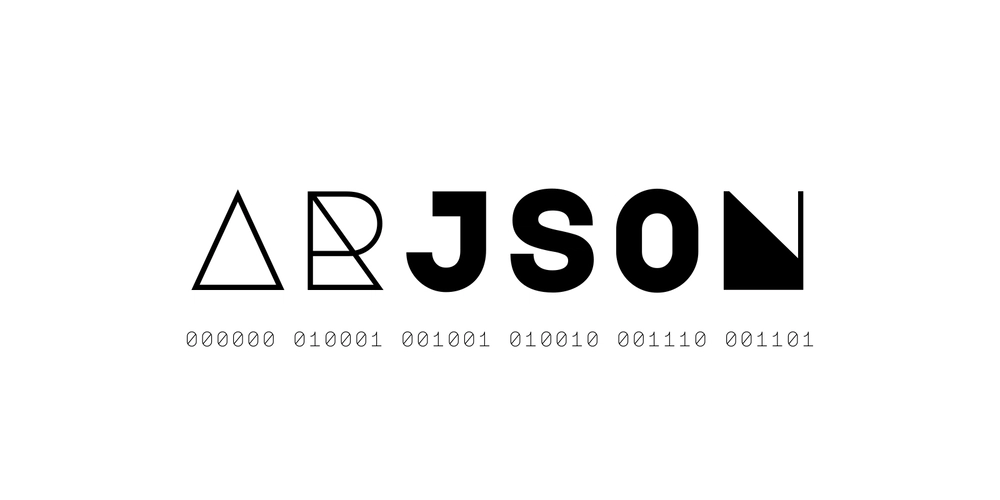






























































































































































_Aleksey_Funtap_Alamy.jpg?width=1280&auto=webp&quality=80&disable=upscale#)
_Sergey_Tarasov_Alamy.jpg?width=1280&auto=webp&quality=80&disable=upscale#)
























































































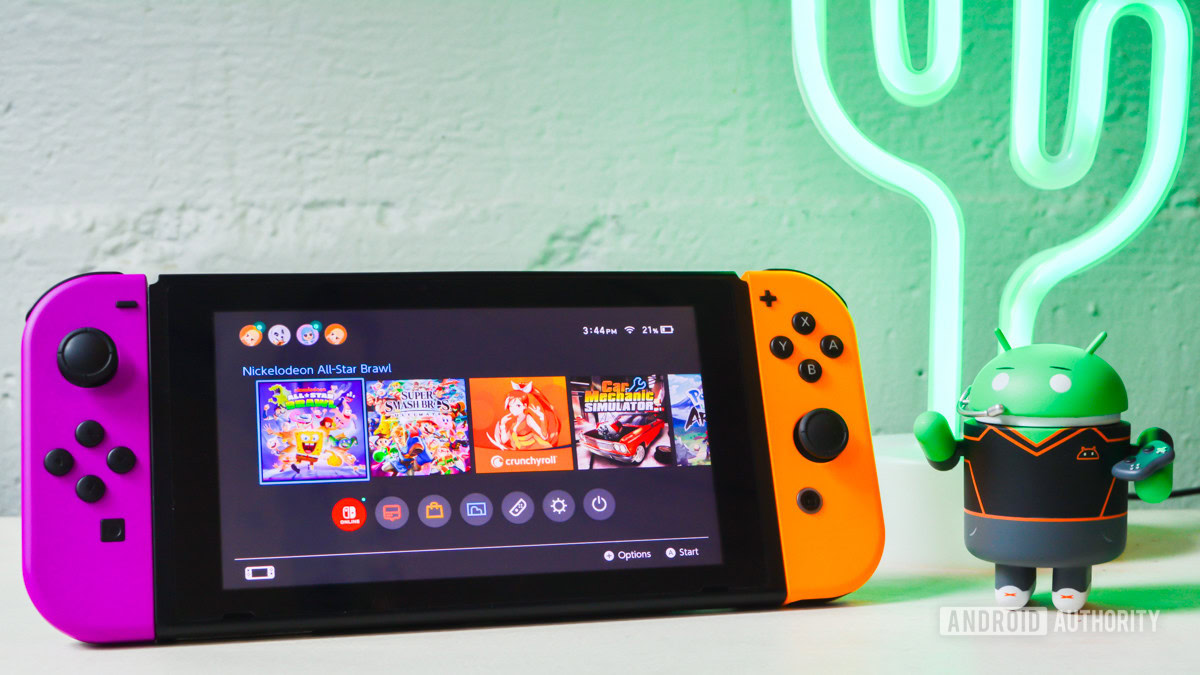



















![Apple Foldable iPhone to Feature New Display Tech, 19% Thinner Panel [Rumor]](https://www.iclarified.com/images/news/97271/97271/97271-640.jpg)
![Apple Developing New Chips for Smart Glasses, Macs, AI Servers [Report]](https://www.iclarified.com/images/news/97269/97269/97269-640.jpg)
![Apple Shares New Mother's Day Ad: 'A Gift for Mom' [Video]](https://www.iclarified.com/images/news/97267/97267/97267-640.jpg)
![Apple Shares Official Trailer for 'Stick' Starring Owen Wilson [Video]](https://www.iclarified.com/images/news/97264/97264/97264-640.jpg)

















































